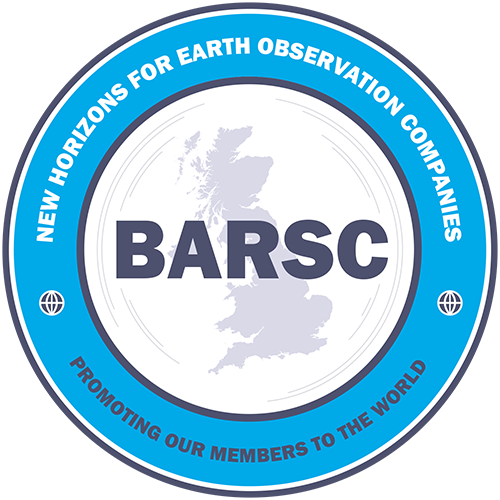In the two years since DMCii added 22m multispectral imagery to its geospatial data portfolio, the detailed satellite views of the Earth’s surface have proved highly-valued tools for farmers facing increasing pressures – not least of which is rising fertiliser costs.
Acquired from the latest generation of DMC imaging satellites – UK-DMC2 and Deimos-1 – this new class of data is employed every season for precision agriculture across numerous countries including the US, Canada, the UK, France, Netherlands, Germany, Lithuania, Russia and Japan, and accounts for 50% of DMCii’s annual growth.
In precision agriculture, satellite data is used to gather precise knowledge of a farmer’s land, pinpointing variations in crop growth and condition. The farmer is shown just where fertiliser or crop protection chemicals need to be applied, and in what quantities. GPS-based instructions can be relayed directly to tractors and other automated farm equipment. The aim is to maximise crop yield and quality while minimising production costs and environmental impact.
“There is a general emphasis at the moment on producing more food for the ever-growing world population,” says Paul Stephens, DMCii Director of Marketing. “Monitoring from the high ground of space represents a cost-effective way to help farmers use land and resources more efficiently.”
For the last five years DMC satellite data has been utilised by specialist precision agriculture companies. The imagery comes geo-rectified, as is standard, for integration into users’ Geographical Information Systems (GIS) software. But because the DMC satellites are operated together as a constellation, they offer much more timely data than a single satellite, delivering rapid revisit opportunities every 1-2 days. Compare this to Landsat’s 16 day minimum revisit time which often means months between cloud-free images.
The improved-quality 22m data produced by the two newest DMC satellites has opened up new service possibilities for value-adding companies, with more detail making the data suitable for much smaller field sizes. In addition, these higher resolution images now have 10-bit instead of 8-bit pixels, yielding greater sensitivity in the DMC’s three Landsat-compatible spectral bands of red, green and near-infrared.
“In the past, precision agriculture planned what to do in the current year based on last year’s growth patterns,” explains Paul Stephens. “This was down to a lack of availability of up-to-date satellite images. Now the DMC constellation can cover whole countries every 2-3 days which typically means cloud-free imagery every week or so for any given field. This opens the door to near real-time precision agriculture – applying inputs to crops according to their current growth patterns and condition.”
The DMC satellites are unique because they combine relatively high resolution with an extremely wide 650 km swath width. Enhanced onboard storage and downlink bandwidth on the 22m satellites stretch this along-track length up to more than 1200 km.
“The satellites deliver vast area coverage,” adds Paul Stephens. “So a precision farming company in France for example might receive a single image that shows almost the whole of the country. They can analyse hundreds of customers’ farms based on that image alone, as well as market services to other farms who have to sign up.”
The sensors on all satellites a rigorously calibrated so that customers can use the data from any satellite interchangeably and extract quantitative biophysical information about the crop.
2011 will see two new DMC satellites commence operations – Nigeriasat-2 and Nigeriasat-X – with 5m, 32m and 22m imaging resolutions, joining the rest of the internationally-owned, jointly-run DMC constellation.

